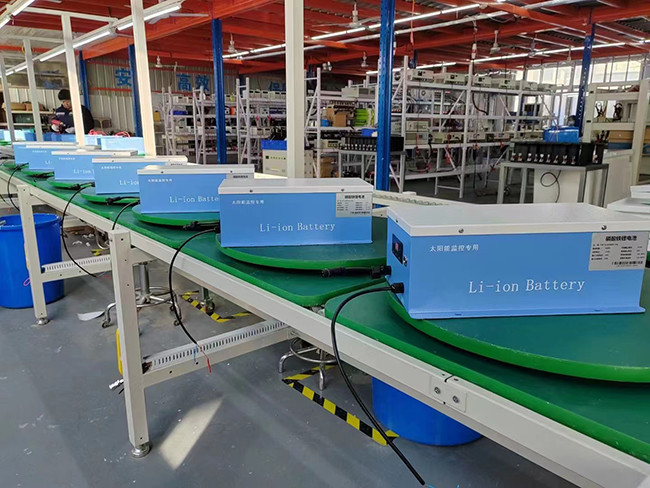Tianjin Liwei New Energy Technology Co., Ltd., formerly known as
Tianjin Lingwei Photovoltaic Technology Co., Ltd., was founded in
2006. It has a professional automated production workshop and
R&D team. It is a domestic manufacturer specializing in the
research and development, production, operation, and one-stop
support of lithium battery energy storage and solar power supply
systems. The annual production capacity of lithium batteries is 200
million watt hours.
At present, the leading products include lithium iron phosphate
batteries, ternary lithium batteries, storage and control
integrated machines, solar power supply systems, household energy
storage systems, outdoor mobile power supplies, solar street
lights, solar monitoring, etc. The company has established a global
marketing layout, and its products have been exported to countries
such as Europe, the Middle East, South Africa, Africa, Mongolia,
Australia, as well as domestic application units and remote areas.
Liwei New Energy adheres to the business philosophy of "being
responsible to society, customers, and ourselves", constantly
learning, pursuing excellence, and innovating. By relying on the
advantages of large-scale production, innovation, brand, and talent
accumulated over a long period of time, we can change the way
humans use energy, change their way of life, and achieve
sustainable development of world civilization.
In the future, the company will further devote itself to developing
new energy and become a comprehensive solution service provider for
new energy, providing high-quality one-stop clean energy services.











